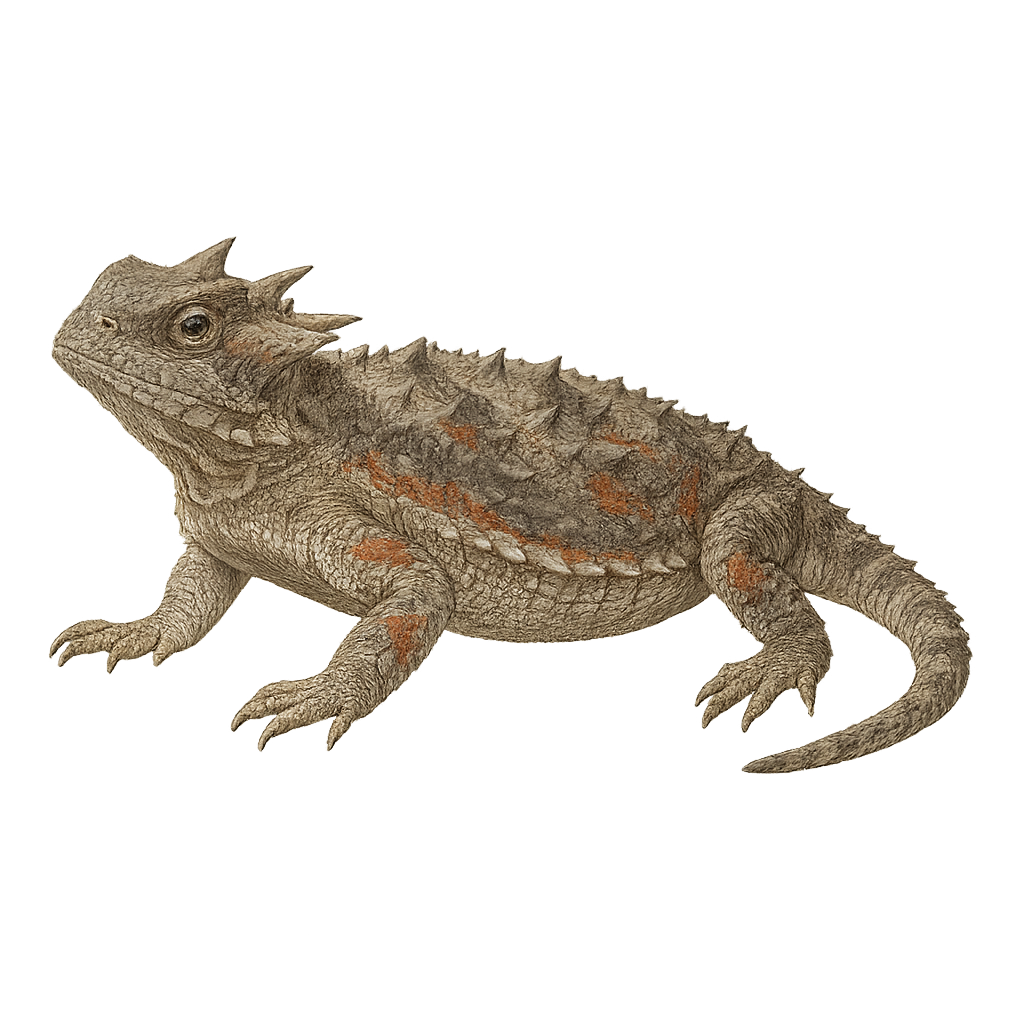Your wildlife photography guide.
Explore the desert horned lizard in detail, study its behavior, prepare your shots.
Where to observe and photograph the desert horned lizard in the wild
Learn where and when to spot the desert horned lizard in the wild, how to identify the species based on distinctive features, and what natural environments it inhabits. The WildlifePhotographer app offers tailored photography tips that reflect the desert horned lizard’s behavior, helping you capture better wildlife images. Explore the full species profile for key information including description, habitat, active periods, and approach techniques.
Desert Horned Lizard
Scientific name: Phrynosoma platyrhinos

IUCN Status: Least Concern
Family: PHRYNOSOMATIDAE
Group: Reptiles
Sensitivity to human approach: Suspicious
Minimum approach distance: 3 m
Reproduction period: N/A
Incubation: 50–60 jours
Births: N/A
Habitat:
Deserts, rocky areas, arid grasslands
Activity period :
Active during the day when temperatures are favorable, often seen basking in the sun.
Identification and description:
The Phrynosoma platyrhinos, or Desert Horned Lizard, is a fascinating reptile primarily inhabiting the arid regions of the western United States and northern Mexico. This lizard is easily recognizable by its flattened body and prominent head horns. Its coloration ranges from brown to gray, allowing it to blend into its desert surroundings. It primarily feeds on ants but can also consume other insects. This lizard has developed a unique defense mechanism: when threatened, it can squirt blood from its eyes to disorient predators. Although well-adapted to its habitat, it is vulnerable to habitat loss.
Recommended lens:
Macro – adjust based on distance, desired framing (portrait or habitat), and approach conditions.
Photography tips:
To photograph the Desert Horned Lizard, it is advisable to use a macro lens to capture the fascinating details of its skin and horns. Approach slowly and carefully to avoid scaring it away. Natural morning or afternoon light is ideal for highlighting its colors and textures. Be patient and wait for it to be still to get a sharp image.
The WildlifePhotographer App is coming soon!
Be the first to explore the best nature spots, track rutting seasons, log your observations, and observe more wildlife.
Already 1 439 wildlife lovers subscribed worldwide

